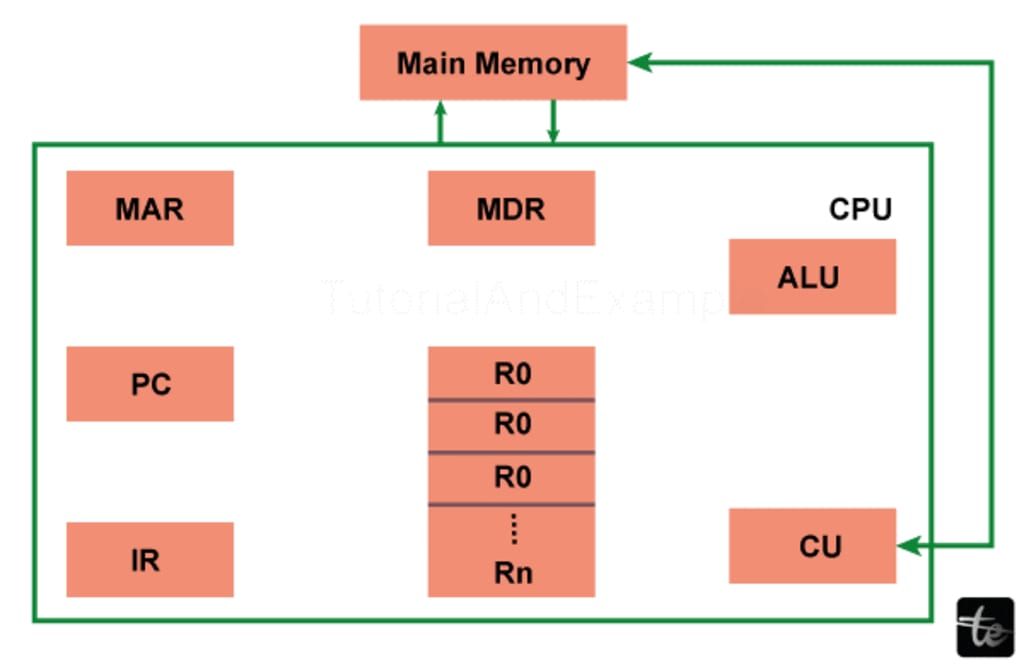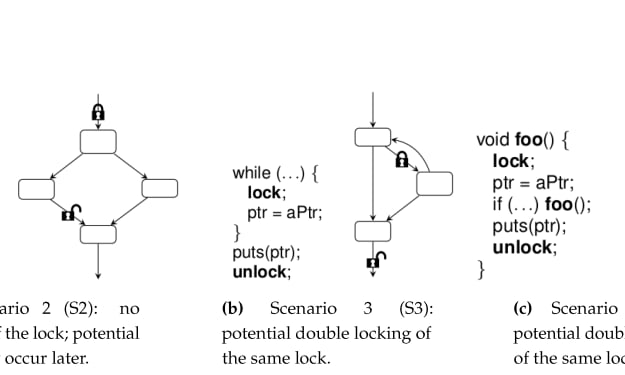What is MDR in Computer Architecture?
Understanding MDR in Computer Architecture: The Memory Data Register

In the realm of computer architecture, numerous components and registers play critical roles in ensuring the efficient processing and handling of data. Among these, the Memory Data Register (MDR) stands out as a crucial element. This article delves into the MDR's functions, its interactions with other parts of the computer system, and its significance in the overall architecture.
What is the Memory Data Register?
The Memory Data Register (MDR), sometimes referred to as the Memory Buffer Register (MBR), is a register that stores data being transferred to and from the immediate access storage (RAM). It acts as a buffer, holding data that is read from or written to the memory, facilitating the data flow between the processor and the memory.
Functions of the MDR
The MDR serves several critical functions in computer architecture:
1. Data Transfer Intermediary:
The MDR holds data temporarily during the transfer between the memory and the processor. When the CPU fetches data from memory, the data is first loaded into the MDR before being sent to other registers or units for processing.
Conversely, when the CPU writes data to memory, the data is first placed in the MDR before being written to the appropriate memory location.
2. Buffering:
The MDR acts as a buffer to accommodate differences in speed between the CPU and memory. The CPU generally operates much faster than memory; hence, the MDR ensures that data is available for the CPU to process without waiting for the slower memory operations.
3. Data Integrity and Control:
The MDR helps maintain data integrity and control within the system by ensuring that the correct data is written to or read from the memory. This is critical for the proper execution of instructions and the overall reliability of the computer system.
Interaction with Other Components
The MDR works closely with several other components of the computer system:
1. Memory Address Register (MAR):
The MAR holds the address of the memory location to be accessed. When a read or write operation is performed, the address stored in the MAR is used to locate the appropriate memory location, and the data is then transferred to or from the MDR.
2. Control Unit:
The control unit orchestrates the operation of the MDR by generating control signals that dictate when data should be read from or written to the memory. It ensures that the MDR receives the correct data and that the timing of data transfers is synchronized with other operations.
3. CPU Registers:
Data from the MDR is often transferred to other CPU registers for further processing. The MDR acts as an intermediary, ensuring that data is correctly moved between the memory and the CPU registers.
Significance in Computer Architecture
The MDR is essential for the following reasons:
1. Efficiency:
By acting as a buffer, the MDR helps streamline data transfers, reducing the time the CPU spends waiting for memory operations to complete. This leads to more efficient use of the CPU's processing power.
2. Data Integrity:
The MDR ensures that data is accurately transferred between the memory and the CPU. This integrity is vital for the correct execution of programs and the overall stability of the system.
3. System Performance:
The efficient functioning of the MDR contributes to the overall performance of the computer system. By managing data transfers effectively, the MDR helps maintain a balance between the fast processing capabilities of the CPU and the slower access speeds of the memory.
Conclusion
In summary, the Memory Data Register (MDR) is a fundamental component in computer architecture, playing a pivotal role in the efficient transfer and buffering of data between the memory and the processor. Its ability to maintain data integrity and control within the system ensures the smooth execution of instructions and contributes significantly to the overall performance of the computer.
Understanding the MDR and its interactions with other components is crucial for anyone looking to grasp the intricacies of computer architecture.
About the Creator
Pushpendra Sharma
I am currently working as Digital Marketing Executive in Tutorials and Examples.
Enjoyed the story? Support the Creator.
Subscribe for free to receive all their stories in your feed. You could also pledge your support or give them a one-off tip, letting them know you appreciate their work.






Comments
There are no comments for this story
Be the first to respond and start the conversation.